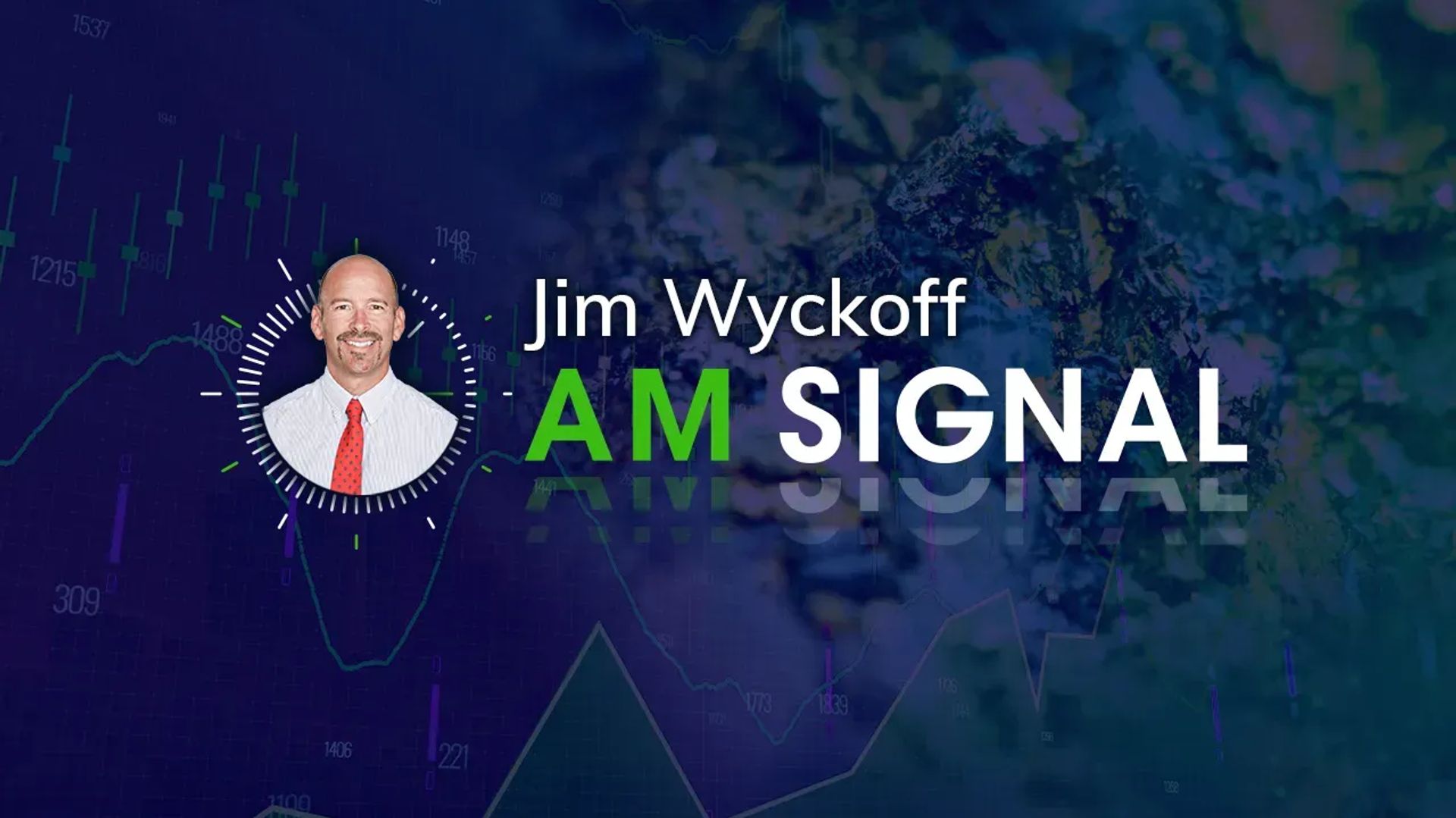Gold and silver prices dipped in early U.S. trading Thursday following a Federal Reserve meeting that resulted in a more hawkish tone on U.S. monetary policy. April gold lost $19.20 at $2,048.10, while March silver dropped by $0.459 to $22.70.
The FOMC meeting concluded with interest rates remaining unchanged, but the statement indicated that rate cuts would only come once the Fed is more confident that annual inflation is moving closer to 2%. The statement also highlighted that the U.S. economy is expanding at a “solid” pace, leading traders to perceive the statement as leaning towards the hawkish side.
Market participants are closely watching Friday morning’s U.S. jobs report, anticipating a rise of 175,000 in the January non-farm payrolls component. The Asian and European stock markets showed a mixed to weaker performance in overnight trading, while U.S. stock index futures are primed for a firmer open.
Additionally, the Eurozone came in with a consumer price index for January at up 2.8%, slightly lower than December’s reading, which led to reduced prospects of ECB rate cuts. Possible economic contractions were signaled with the Eurozone January manufacturing PMI at 46.6, below the 50.0 threshold.
In overnight news, the Sweden central bank maintained its main interest rate at 4.0%, emphasizing the need for contractionary monetary policy to stabilize inflation closer to its target rate, while the Bank of England left its monetary policy untouched with a main interest rate of 5.25%.
Looking at the technical aspect, gold futures retain a slight overall near-term technical advantage but are in a two-month-old downtrend on the daily bar chart. Moving forward, support is seen at $2,037.70 and $2,023.30, while resistance is observed at $2,067 and $2,074.60.
Silver prices also reflect a two-month-old downtrend on the daily bar chart, favoring the bearish momentum in the near term. Support for silver is seen at $22.50 and $22.25, while resistance is seen at $23.00 and $23.445.
Adding additional insight to the article, the hawkish tone from the FOMC suggests that the Fed is in a position to continue with its current monetary policy, making it less likely for rate cuts to happen in the near term. This could curb the rise in precious metal prices in the near future. Furthermore, economic activity in the Eurozone is showing signs of waning, and the prospect of global economic weakness could lead to muted demand for both gold and silver. Overall, the focus remains on how global economic developments, specifically in relation to inflation, may influence central bank policy and precious metals pricing.









